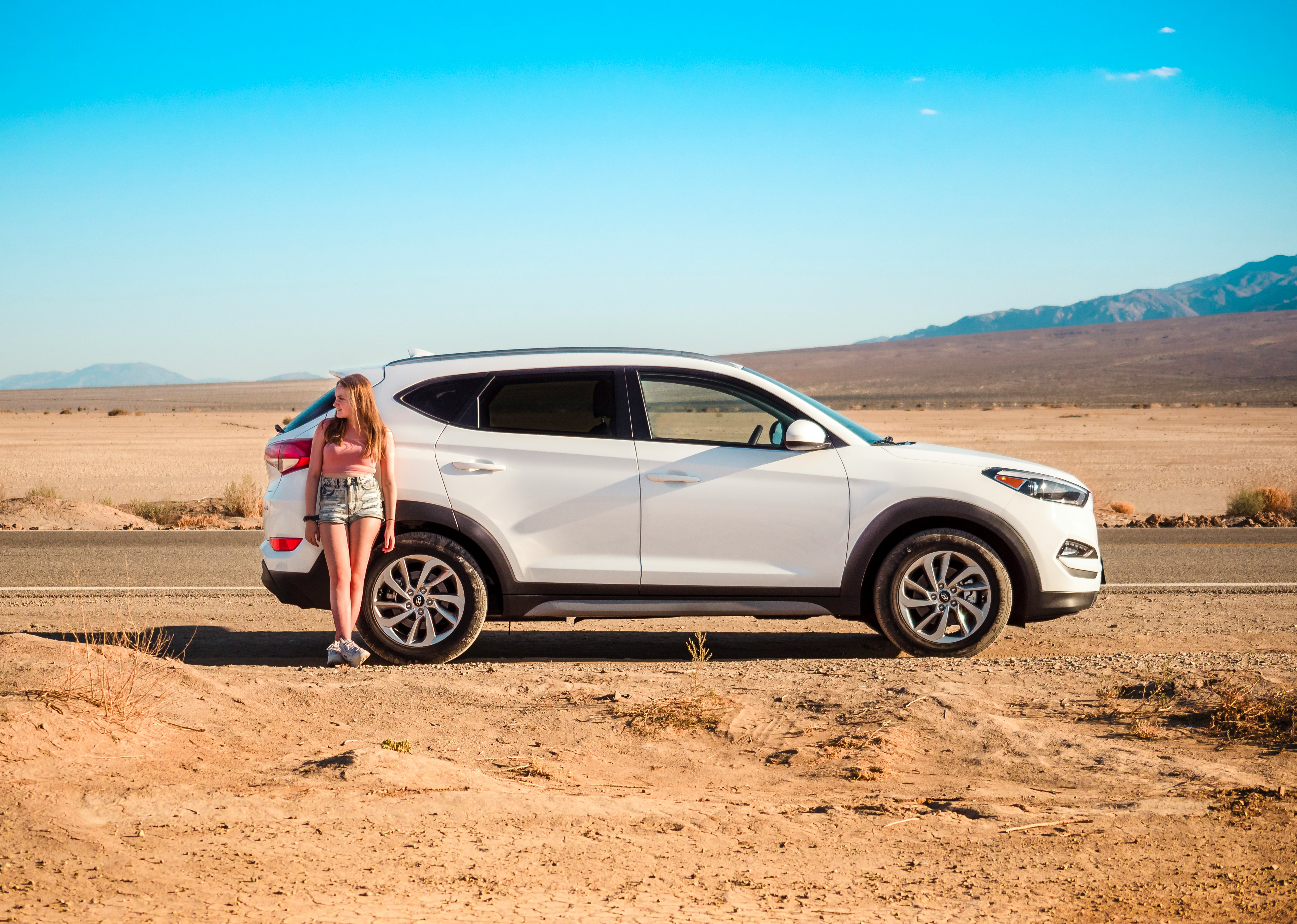Unveiling the Power and Intricacies of Torque Vectoring
The automotive world is filled with complex technologies, but few are as transformative and subtly influential as torque vectoring. While it may seem like a recent innovation, the journey of torque vectoring is a fascinating tale of engineering ingenuity and relentless pursuit of driving excellence.

The Roots of Torque Vectoring
Torque vectoring finds its origins in the pursuit of handling perfection. Engineers have always been on the quest for a system that could improve a car’s cornering abilities and stability, especially at high speeds. This led to the development of the differential, a device that allowed the wheels to rotate at different speeds. But the differential had its limitations, and thus, the concept of torque vectoring was born.
The idea was simple: to distribute torque not just between the front and rear wheels, but also between the left and right wheels. This would allow for more precise control, making cars safer and more enjoyable to drive.
The Rise of Torque Vectoring
The promise of improved handling and safety made torque vectoring an attractive proposition for car manufacturers. The first production car to feature a torque vectoring system was the 1992 Mitsubishi Lancer Evolution, but the technology didn’t gain widespread recognition until the release of the 2008 Nissan GT-R.
Today, torque vectoring is found in a wide range of vehicles, from luxury sports cars to more affordable hatchbacks. It has become a key selling point for brands like Audi, BMW, and Subaru, all of whom have developed their own unique systems.
The Impact of Torque Vectoring
Torque vectoring systems have had a significant impact on the automotive industry. They’ve made cars safer and more enjoyable to drive, and have even contributed to fuel efficiency.
By distributing torque more effectively, these systems can help to reduce the risk of skidding, making cars more stable and easier to control. This is particularly beneficial in poor weather conditions or when driving at high speeds.
Additionally, by improving a car’s handling and responsiveness, torque vectoring systems can make driving more enjoyable. They allow drivers to push their cars to the limit, providing an exhilarating driving experience that’s hard to match.
The Future of Torque Vectoring
As the automotive industry continues to evolve, so too does torque vectoring technology. Engineers are constantly working on new ways to improve these systems, making them more efficient and effective.
One potential area of development is the integration of torque vectoring with electric powertrains. While this presents certain challenges, it could potentially open up new possibilities for enhanced handling and performance.
In The Power of Torque Vectoring
While it may not be as widely recognized as other automotive technologies, torque vectoring has had a profound impact on the driving experience. It’s a testament to the power of engineering, and a reminder of the relentless pursuit of excellence that drives the automotive industry. Whether you’re a car enthusiast or an everyday driver, it’s a technology that’s worth understanding and appreciating.




